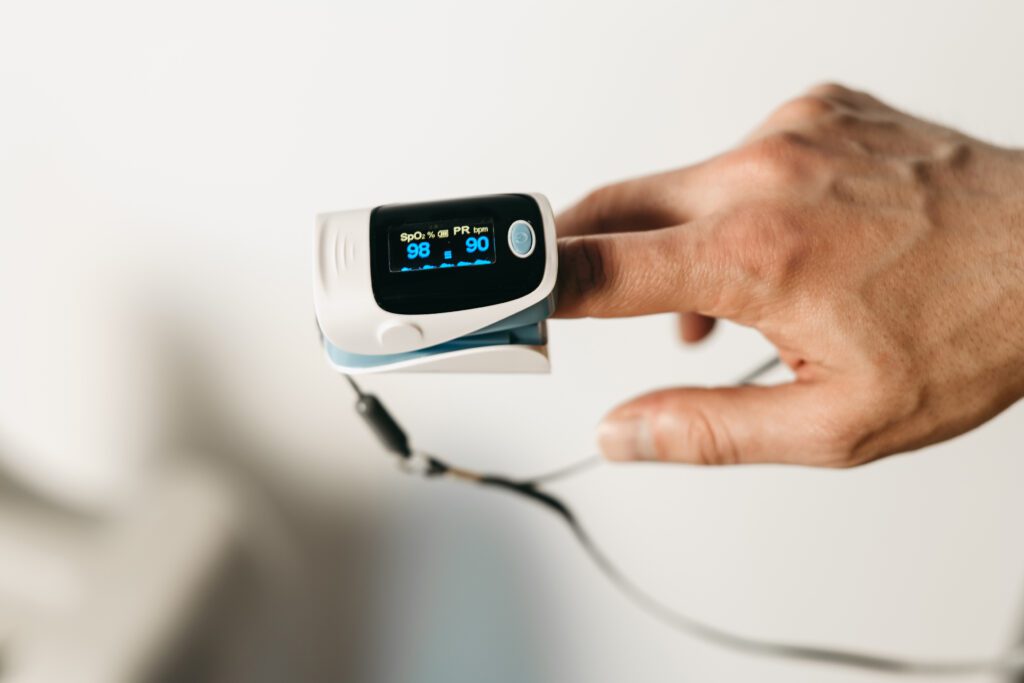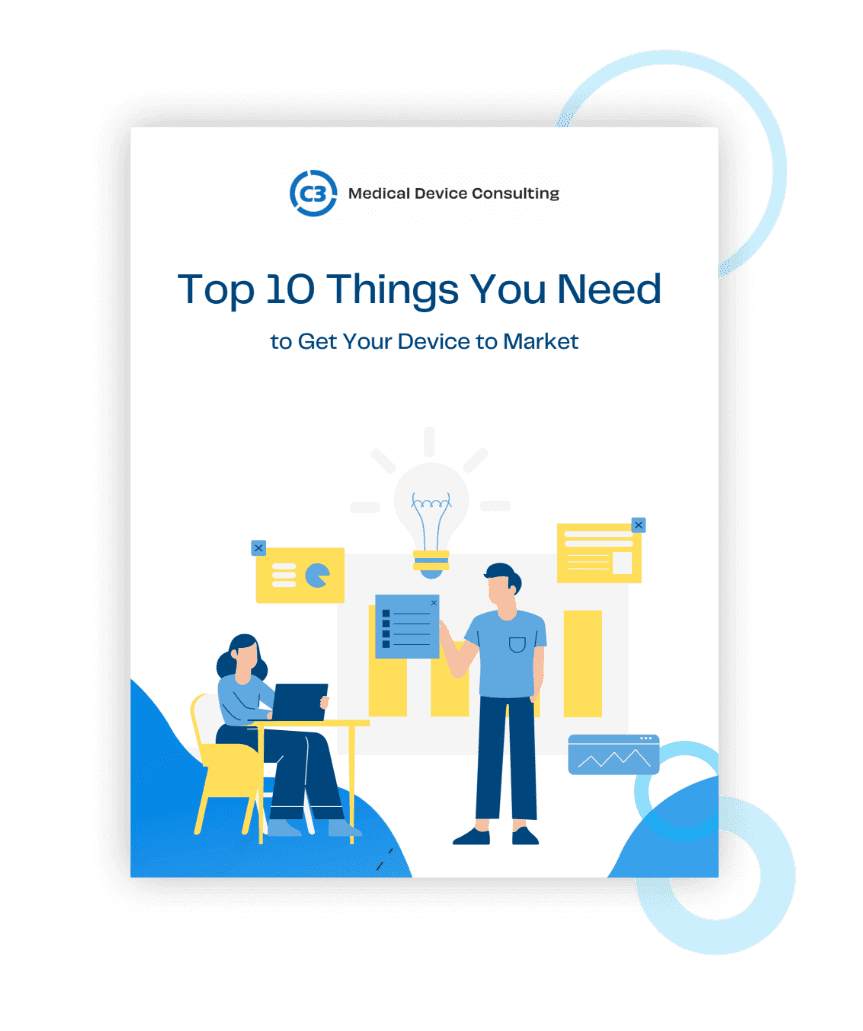Should you develop a wellness device or a medical device? The answer is unique to each device project, and as we’ll see there are strong reasons supporting both types of devices, along with notable caveats too.
The decision is not always cut and dry: there can be considerable overlap between devices in the two categories. From the outset you need to be absolutely clear on the differences.The category your device falls into determines your next steps in development.
What follows is a guide to the advantages and challenges of developing both wellness and medical devices to assist you in making an informed decision and planning accordingly.
Advantages and challenges in developing wellness devices
You may wonder if developing a wellness device is a viable alternative to the considerable challenge of bringing an FDA approved and regulated medical device to market. After all, the market for wellness devices is booming: in 2022 it was valued at $45.71 billion and is projected to have a compound annual growth rate (CAGR) of 20.1% through 2030. Opportunities abound for breaking into this thriving industry. These are some factors to keep in mind about wellness device development:
No FDA regulatory process. Wellness devices are not subject to FDA regulations. This means you will not have to pursue 510(k) clearance or pre-market approval, annually register the device and pay associated fees, or become subject to other FDA requirements. With these steps removed, your device’s time to market may be significantly shorter.
However, a device that lacks FDA approval might not carry the same kind of clout or assumed quality as approved devices. This in turn could impact how healthcare professionals view them or their efficacy. It could also effect how these devices are discussed with patients (if they are discussed at all). What’s more, a wellness device may not be reimbursable by insurance, which is an important consideration for cost-conscious consumers.
Most importantly, you must be sure your device will not be interpreted as a medical device by the FDA. If a device is marketed as a wellness device but subsequently found to be a medical device you may be subject to penalties or other risks to your business.
Lower development costs. Clinical trials are not required for wellness devices, which saves both time and the expense of designing and conducting them or other required research. You’ll also spend less time on regulatory requirements like registering and listing your device with the FDA, paying annual fees, and seeking pre-market approval or 510(k) clearance.
While it can be difficult to see the downside to saving money, you may want to consider if smaller financial investment is a worthwhile tradeoff in giving up FDA approval and the status it may confer to the device.
Health-related claims must be general. For wellness devices, the FDA restricts marketing and advertising claims to promoting healthy lifestyle choices, and that they may help people prevent or live with disease or condition. This means no claims may be stated that the device can be used to diagnose, treat, mitigate, or prevent any specific disease or condition.
This often allows wellness devices to target a more broad range of customer personas (i.e. the device promotes healthy sleep patterns which can benefit weight loss, stress reduction, mental health, etc.). The possible downside is it can be more of a challenge to target specific audiences with tailored content and influence them to select your device.
Marketing approach. Wellness devices usually take a business-to-consumer marketing approach. This may focus on the consumer’s wellness “journey” and promoting a healthy lifestyle, which means you have many opportunities for creativity in online content and social media marketing, as long as you stay general about claims. You are also permitted to explain how the device can help consumers “live with” or “reduce the risk” of a disease or condition in a general way.
To avoid the appearance of incorrect categorization of the device, however, all marketing and labeling must be carefully reviewed to ensure it does not claim to diagnose, treat, mitigate, or prevent any specific disease or condition.
Advantages and challenges in developing medical devices
Medical devices generally require more resources: money, time, expertise. But the tradeoff can be significant in terms of the impact your device has on patients’ lives and on the healthcare industry. Here are some pros and cons to consider.
Association with the FDA. FDA approval is a sign of quality assurance among stakeholders including healthcare professionals, investors, medical decision-makers, and many patients. It may also make a device more likely to be reimbursable by a patient’s insurance plan, which is financially beneficial to both the patient and the medical facility using it. FDA approval may also be helpful in some kinds of tort law claims.
In order to obtain this sought-after approval, you must follow the regulatory process exactly. This starts with clearly defining which of the three classes the device fits into as well as getting 510(k) clearance for class II medical devices or pre-market approval for class III devices. You’ll also need to carefully follow all FDA requirements for registration and fees, documentation, research, testing, reporting, etc. All of these add time and expense to the development process.
Research and testing requirements. Background, clinical trials, study design, obtaining meaningful and persuasive results. All are critical to buy-in and adoption by medical professionals and decision-makers.
FDA regulations also mean you’ll spend time on the approval or clearance process including extensive background research to show the device is “substantially equivalent” to a device that is already cleared, or that your device is truly novel for its intended use. Research, testing, and trials are where you’ll spend the most time, expertise, money, which means additional fundraising than most wellness device projects will require.
Claims around efficacy and use cases. FDA approved devices are permitted to make specific claims about diagnosing, treating, mitigating, or preventing a specific disease or condition. This is a stronger claim than wellness devices may make, and means there is potentially a greater benefit or value to users.
However, medical devices tend to pose higher risk to users and others. Though this is usually a calculated risk or a situation where there are few alternatives, it introduces additional requirements to ensure the device is in compliance with regulations. It is critical that your research and evidence illustrate clearly the device works as intended and its benefits either outweigh the risks or are manageable or temporary.
Marketing. Some medical devices are marketed to both patients and healthcare professionals. In the case of highly specialized devices, however, a predominantly business-to-business approach is more appropriate because they are often targeted at a niche or expert audience with a solid understanding of the disease or condition in question, as well as similar existing technologies. This group can serve as a valuable source of market research as well as reputable and trustworthy early adopters and promoters within the field and with their patients.
All marketing for your device must phrase claims carefully, which requires some level of expertise in creating campaigns, online content, and case studies. It’s also important to present details of research and outcomes accurately, which is a higher bar for content and promotional materials compared to wellness devices.
Also consider that your best market research may not predict your market share or adoption rate until after the launch. Early feedback may reveal the need to tweak your design, which brings up regulation requirements again.
Questions for your decision making process
Your decision might be clear or you may find yourself at a proverbial fork in the road. Here are some questions that can help you narrow in on one option or the other:
- What would a wellness version of your device look like compared to a medical version? Consider things like costs and time as well as functionality and physical properties.
- What is the intended use for your device?
- What is your target audience for the device? Are you focused on a broad group or a very specific disease/condition or setting?
- Will your device be used by people without a being under the care of a physician or other health care professional?
- What larger impact do you hope to have on the target market?
- Do you have a realistic picture of the required funding and timeframe for the device? Are there options available to extend resources if necessary?
Get expert advice from people who’ve been there
C3 can help you determine which category your device falls into, where any gray areas may lie, and help weigh the pros and cons of the wellness or medical device route. Expert help is always a smart choice, so please contact us today.










